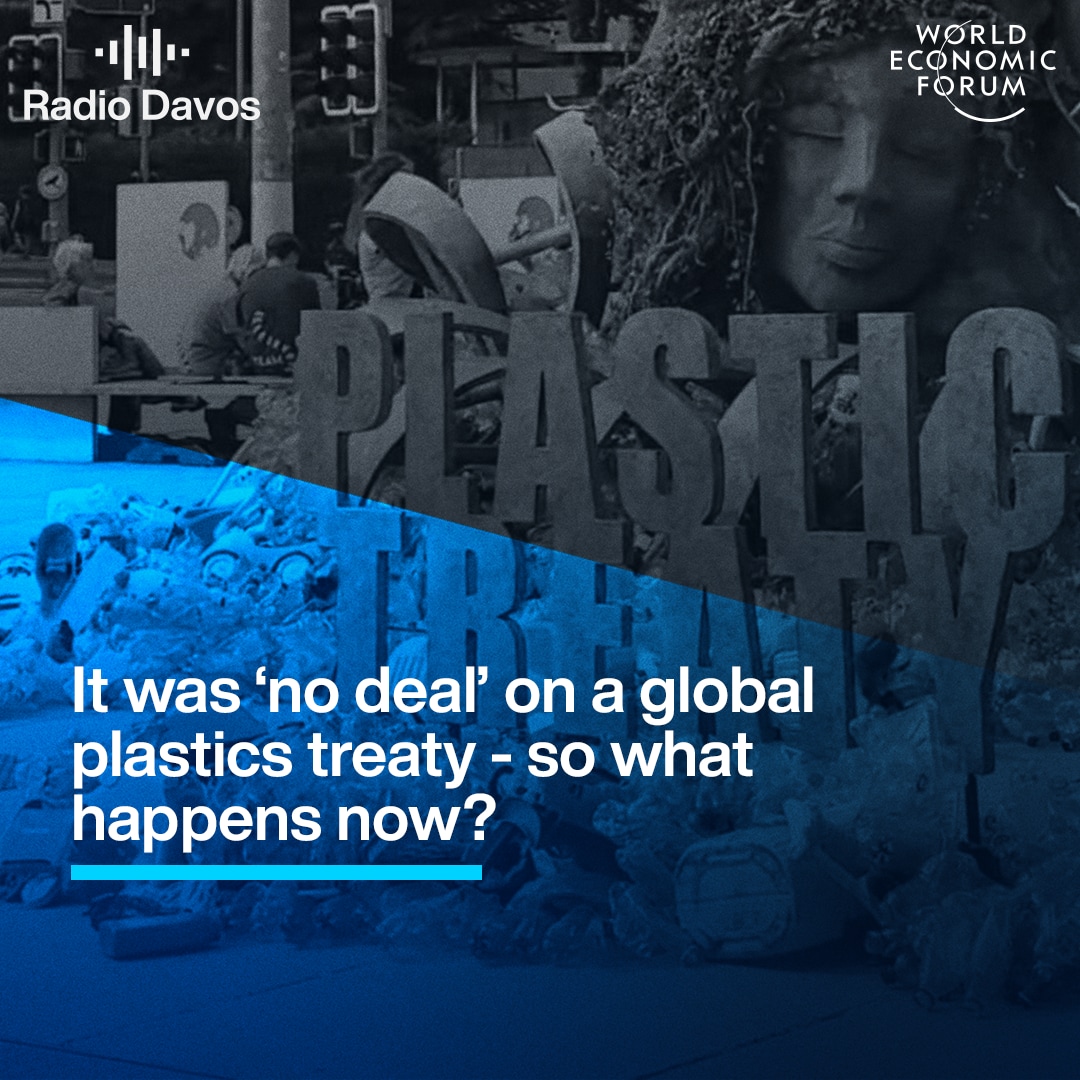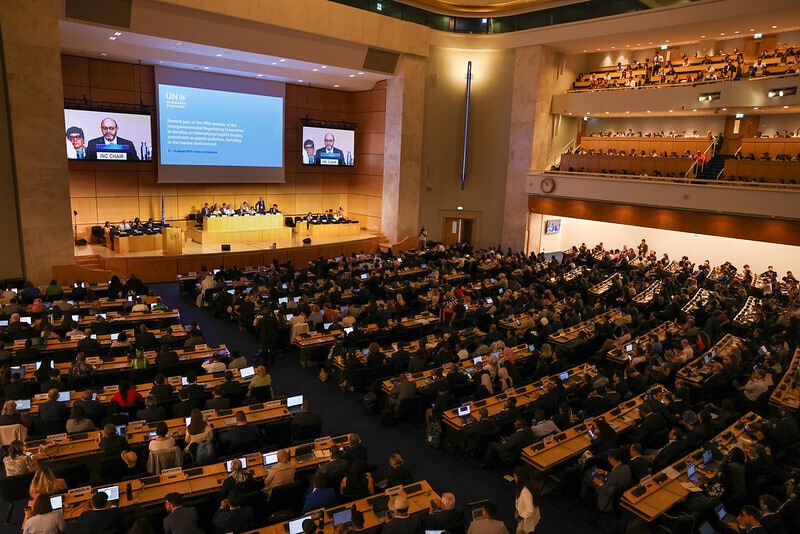How to fix our planet: the pioneers fighting to bring nature back

From underwater farmers to jungle rainmakers, meet the people finding creative solutions to climate change.
Image: WWF and #OurPlanet
Stay up to date:
Future of the Environment
“Human beings are the greatest problem-solvers our planet has ever known. We are just yet to apply ourselves to this problem with the scale and urgency it requires.”
On the face of it, the future of our planet is pretty bleak. Perhaps 10 years to reverse both the loss of nature and runaway climate change, which together threaten much of human society. Less than 18 months until the major UN decisions that could turbocharge that shift.
How UpLink is helping to find innovations to solve challenges like this
Time and hope seem in very short supply.
Yet in two sentences David Attenborough signals both our route out of these problems and a major driver for the Fourth Industrial Revolution. If that sounds like an over-reach, consider this.
In a 10-year period, we went from no human ever leaving the Earth’s orbit to a man standing on the moon. To achieve that, we invented whole fields of science and engineering, created new business sectors, solved challenges once considered insurmountable and set loose conspiracy theories that would still thrive 50 years later.
The average age in mission control for that Apollo 11 launch was just 26, and NASA didn’t have a single computer as powerful as the phone or tablet you’re likely reading this article on.
There are many similar examples, from medical science to agriculture, technology to politics. The point being that when we really try to solve a problem, we can exceed even our own wildest expectations.

To show what’s possible when people try to find new ways of tackling climate change and restoring nature, a collaboration was formed between the World Economic Forum, WWF and Silverback Films, the team behind the Netflix documentary series Our Planet.
While filming the natural world for the Our Planet series, the team also recorded examples of inspirational people who had developed new businesses and approaches centred on tackling climate change and nature loss. These ranged from major companies to a single person, from proven projects to embryonic ideas.
What unites them all is an attitude.
Every one of them has looked clearly at the challenges we face and realised that transforming our societies and economies needs innovation and a can-do approach. They have applied this to food production, engineering, rewilding, urban design and many other fields.
Good news and clever ideas don’t often get the media attention they deserve. Perhaps it’s part of the reason we often feel short of hope.
So, each week for the next few months, we’d like to share some of these stories with you. From the seaweed farmer who wants to feed the planet to the man who brings rain to his jungle farm, the stories of these planet pioneers will be posted across Facebook, Twitter, LinkedIn, Instagram and YouTube.
Be sure to watch, like and share – because if enough of us work to build the path ahead, we just might head down it in time.
Watch the first video in the series here
Accept our marketing cookies to access this content.
These cookies are currently disabled in your browser.
‘There are no jobs on a dead planet.’ When fish stocks collapsed, Newfoundland fisherman Bren Smith created an underwater farm growing sustainable shellfish and protein-rich seaweeds. It's hoped ocean farming will boost global food production by 10%.
Watch the second video in the series here
Accept our marketing cookies to access this content.
These cookies are currently disabled in your browser.
'Agroforestry for me is one ecosystem to produce sustainable products today, tomorrow and also in the future.' 15 years ago Alexander Retana took over his father’s farm in Costa Rica. The farm consisted of open rice fields, with minimal biodiversity. He started planting trees to give himself shade in the baking summer months but soon found that he was creating a new ecosystem above his head. Integrating the jungle with his farm didn’t just increase biodiversity, it increased precipitation and helped more moisture stay in the soil, so it’s good for his crops and the planet.
Don't miss any update on this topic
Create a free account and access your personalized content collection with our latest publications and analyses.
License and Republishing
World Economic Forum articles may be republished in accordance with the Creative Commons Attribution-NonCommercial-NoDerivatives 4.0 International Public License, and in accordance with our Terms of Use.
The views expressed in this article are those of the author alone and not the World Economic Forum.
Forum Stories newsletter
Bringing you weekly curated insights and analysis on the global issues that matter.
More on Nature and BiodiversitySee all
Tom Crowfoot
August 20, 2025
Chavalit Frederick Tsao
August 19, 2025
Andrea Willige
August 15, 2025
Tom Crowfoot
August 14, 2025
James Balzer
August 14, 2025





